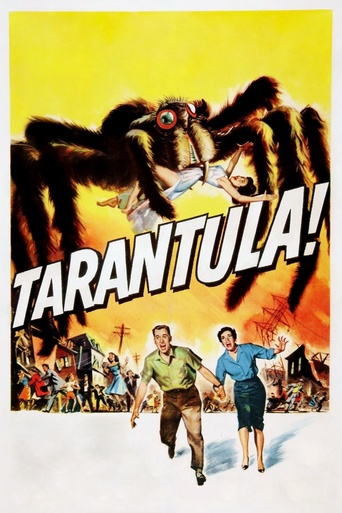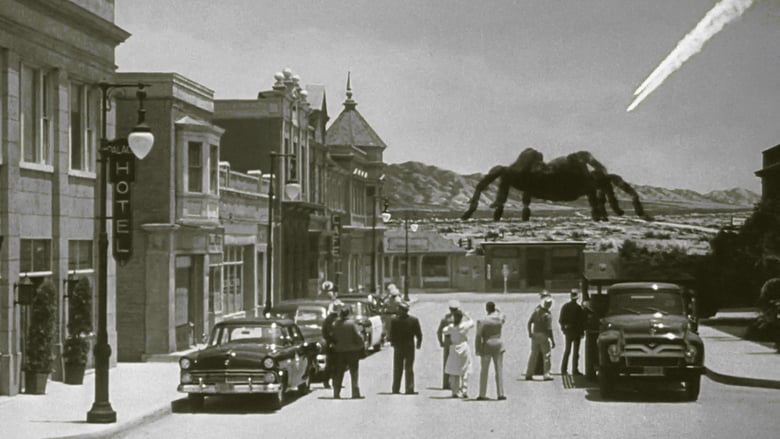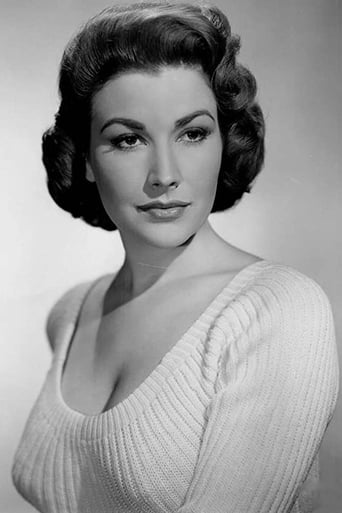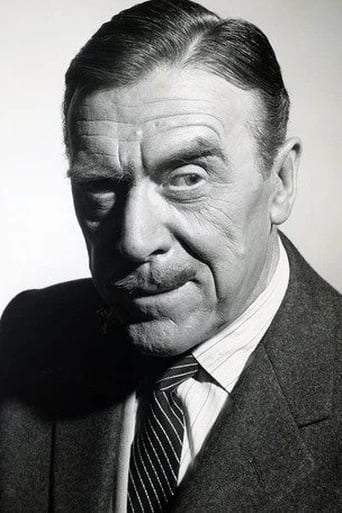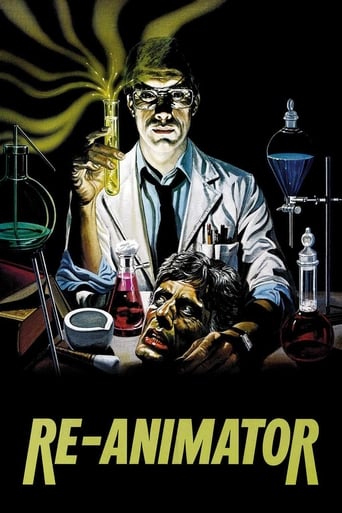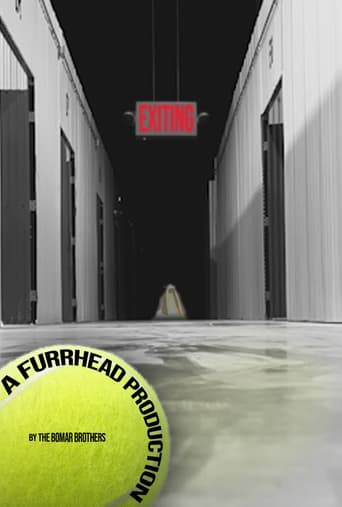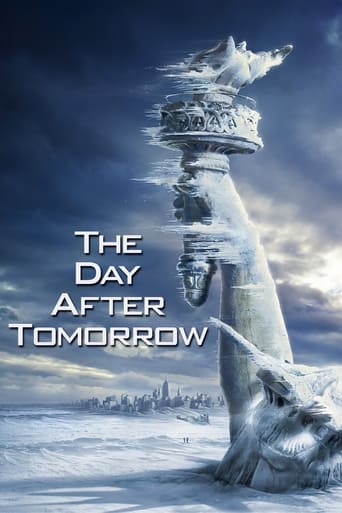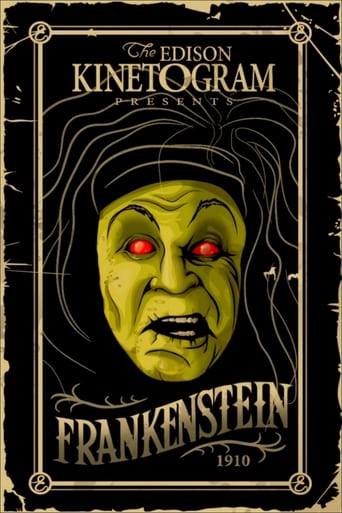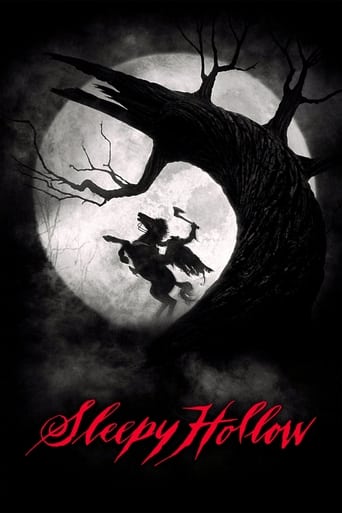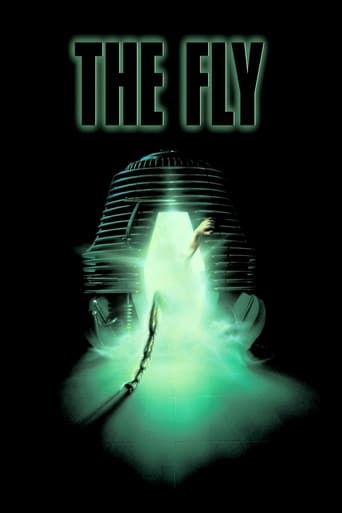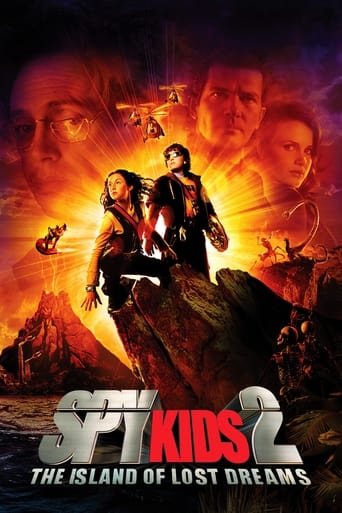Tarantula (1955)
A rogue scientist near a small desert town arouses the suspicion of the town's doctor when his lab assistant is found dead from a case of acromegaly, which took only four days to develop. As the doctor investigates, aided by the scientist's new female assistant, they discover that something is devouring local cattle and humans in increasingly large quantities.
Watch Trailer
Cast


Similar titles
Reviews
Man, with as many creature features like this that I've seen, I gotta say it's one of my favorites. I keep tarantulas as a hobby, and I've seen first hand how ferocious and awful they can be to their prey. The story is a great concept too, science being used for the good of mankind going awry when the movie makes its plot twist. The Spider is indestructible and it plays on the natural fears of mankind. The little clues it leaves behind, such as a puddle of venom in one scene, leads up to the main story perfectly. It leaves scientists in the fill scratching their heads, to make you feel as if it's truly happening. If you're a big fan of Retro science fiction, this film is a must see for you!
"Tarantula" is one of the best of the big bug films to come out of the 50's. The titular character is played by a real life arachnid and the effects are very effective (despite the occasional translucent leg). Unlike most of its ilk, the underlying villain is not radiation but 'biotech' as Leo G Carrol's character attempts to develop growth accelerators to help feed a burgeoning human population. The side story, which has Carrol's colleagues and then himself appearing to develop overnight acromegaly is quite clever, as in real life the condition is due to excess growth hormones (there are concerns that athletes who 'dope' with human growth hormones could develop similar tissue overgrowth – maybe "Tarantula" should be shown in gym class ). The movie follows the usually trajectory: mysterious disappearances get the attention of the hero, the obligatory dame (often, as in this case, a 'lady scientist' *gasp*) arrives, the reveal of the monster, the failed attempts to kill it/them, and finally the successful plan (throughout which, the hero remains in the thick of it all). All of these stages are well done in "Tarantula", especially the fiery finale. The acting is fine for a bug movie while the music and the desert scenery adds to the mood. Toward the end, listen for an uncredited Clint Eastwood – his face is hidden but his voice is instantly recognisable.
Jack Arnold was undoubtedly one of the very best of the 50s sci-fi directors; and, like his eventual successor, John Carpenter, he toiled tirelessly in the Fantasy Field. Consequently, he covered (as has Carpenter) a lot of ground. In TARANTULA!, decades prior to David Cronenberg's "reimagining" of THE FLY, Arnold gives us scientist Leo G. Carroll as an AcroMan- part bug, part human. As a kid reading FAMOUS MONSTERS OF FILMLAND, I would pause and stare at the black and white photos of Carroll in mid-transformation. When I finally saw the movie on television, many years later, I wasn't disappointed: I'd seen lots of transformations in horror and sci-fi movies prior to that one, but there was- and still IS- something that strikes a nerve about it. Long live the AcroMan!
The renowned director Jack Arnold was truly on fire during this period, also turning out such favourites as "It Came from Outer Space", "Creature from the Black Lagoon", and "The Incredible Shrinking Man". This is another solid effort from him and Universal-International; it's intelligent, it's spooky, and it builds to a very big finish.The likable John Agar stars as Matt Hastings, a doctor in the small town of Desert Rock who discovers that the scientific experiments conducted by Gerald Deemer (Leo G. Carroll) have had devastating consequences. Out of the best of intentions, Deemer and his associates have been fooling with a growth formula intended for use in helping a world with too many people and not enough food. The result is a tarantula that grows to MANY times its normal size, and terrorizes the California desert and chows down on any unlucky human (or animal) that it finds.Films such as "Tarantula" may not be for all tastes. Admittedly, it doesn't have that much great tarantula action, but the screenplay, by Robert M. Fresco and Martin Berkeley (based on a story by Arnold and Fresco) is sharp enough, interesting enough, and sometimes amusing enough, to just draw the viewer right in. Arnold parcels the thrills out carefully, tantalizing us a bit at a time until the climax when the enormous tarantula is about to reach Desert Rock and the frantic humans are trying to figure out how to destroy it. One of the most intriguing aspects to the screenplay is the effect that the formula has on human beings.The visual effects are quite good for this sort of thing, but the makeup by Bud Westmore is no less noteworthy. The cinematography by George Robinson is first rate as is the rousing music score by Herman Stein. The acting is extremely engaging from all concerned, with Mara Corday both lovely and appealing as the leading lady who's got brains to match her beauty. The under-rated Carroll is one of those actors to whom you want to listen when he speaks; he carries that kind of authority. Nestor Paiva has an irresistible presence as the jovial sheriff. And be sure to wait for the brief appearance by a certain gravelly voiced, squinty eyed movie legend, in one of his earliest feature film roles.This is just plain fun, and worth watching if you, like this viewer, are a big fan of the many genre productions of the 1950s.Eight out of 10.

